Gangtey Trulku Rinpoche Visits Pemaling for the Kurkulee Centre Site Inspection
A living mandala is taking shape in Gelephu. Led by Gangtey Trulku Rinpoche, the Kurkulee Centre will stand as a sacred anchor of the Gelephu Mindfulness City—uniting sacred geometry, spiritual heritage, and Bhutan’s vision for mindful modernity.
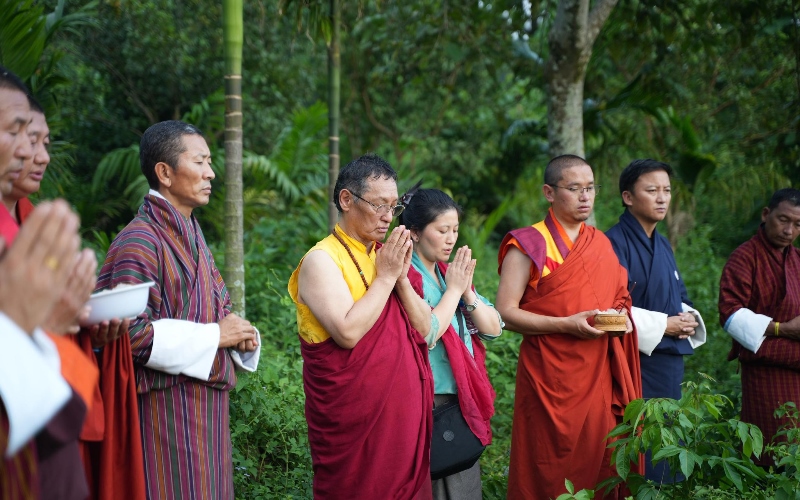
On 3 October, Gangtey Trulku Kunzang Rigdzin Pema Namgyal Rinpoche visited Pemaling in Serzhong to inspect the site earmarked for the Kurukulee Centre, also known as Kurukulle Centre, one of eight spiritual projects within the Gelephu Mindfulness City (GMC) initiative. He was received by GMC Governor, Dasho Dr Lotay Tshering, and joined by members of the Kurukulee Centre Committee.
This project was among eight spiritually oriented developments approved in May 2025 by His Majesty The King, forming the foundation upon which the GMC is intended to grow as a global hub of mindfulness, spiritual depth, and conscious community living.
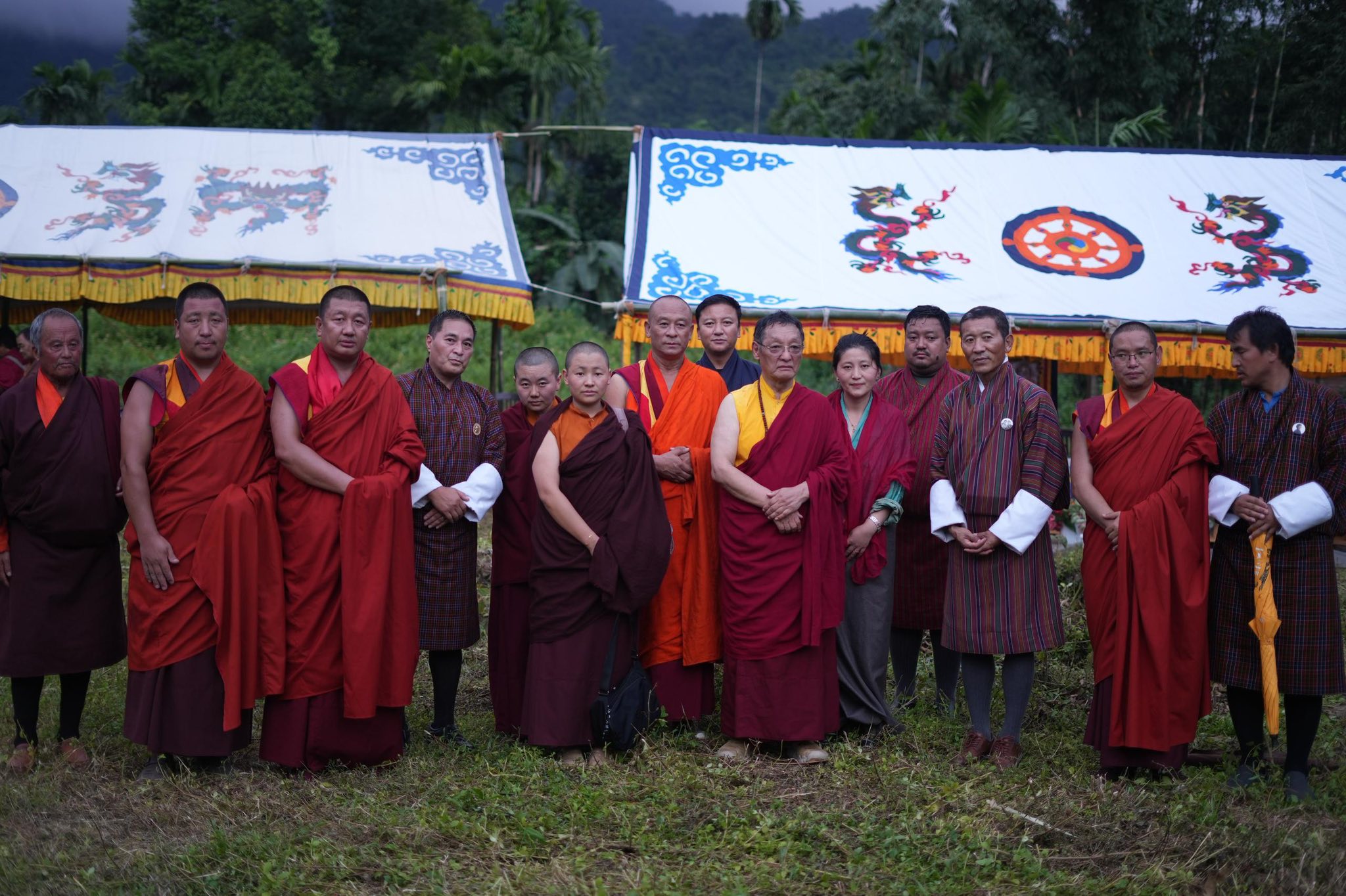
A Centre Built as a Living Mandala
According to the Kurukulee Centre’s public plans, the design concept is deeply symbolic — the centre is conceived as a living mandala, integrating sacred architecture, landscape design, and the cadence of daily Buddhist practice.
The core of the plan is a five-storey spiritual landmark temple, built according to sacred geometry and traditional Buddhist architectural principles. On the ground floor, a grand open shrine hall will house the principal statue of Jetsunma Kurukulle (Lhamo Kurukulle / Kurukulee), radiating the “blessing of magnetizing enlightened activity.” Above that, the upper levels will enshrine statues of Guru Rinpoche and other significant Yidam deities and lineage masters associated with the Kurukulle practice and the Vajrayana tradition more broadly.
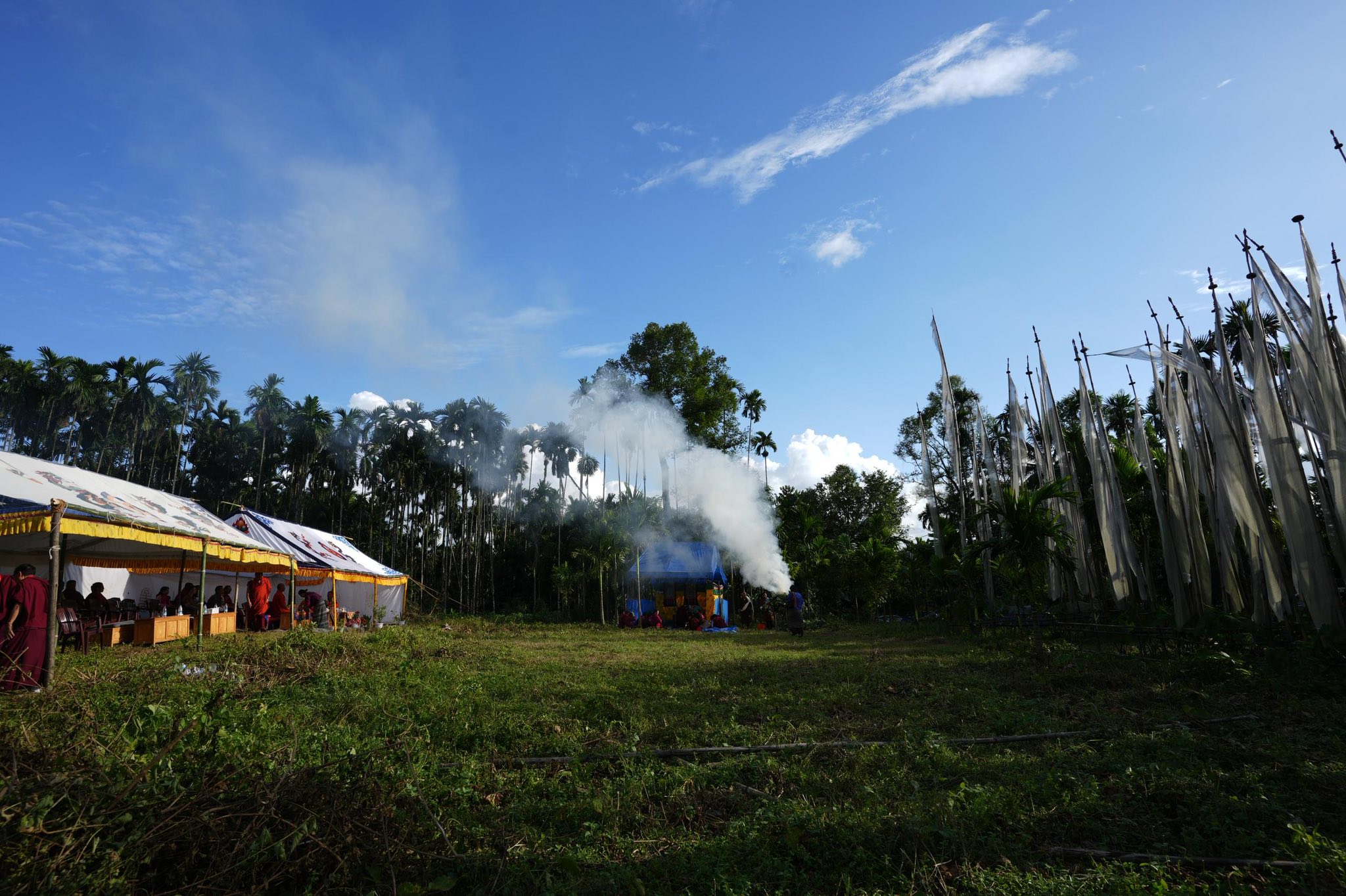
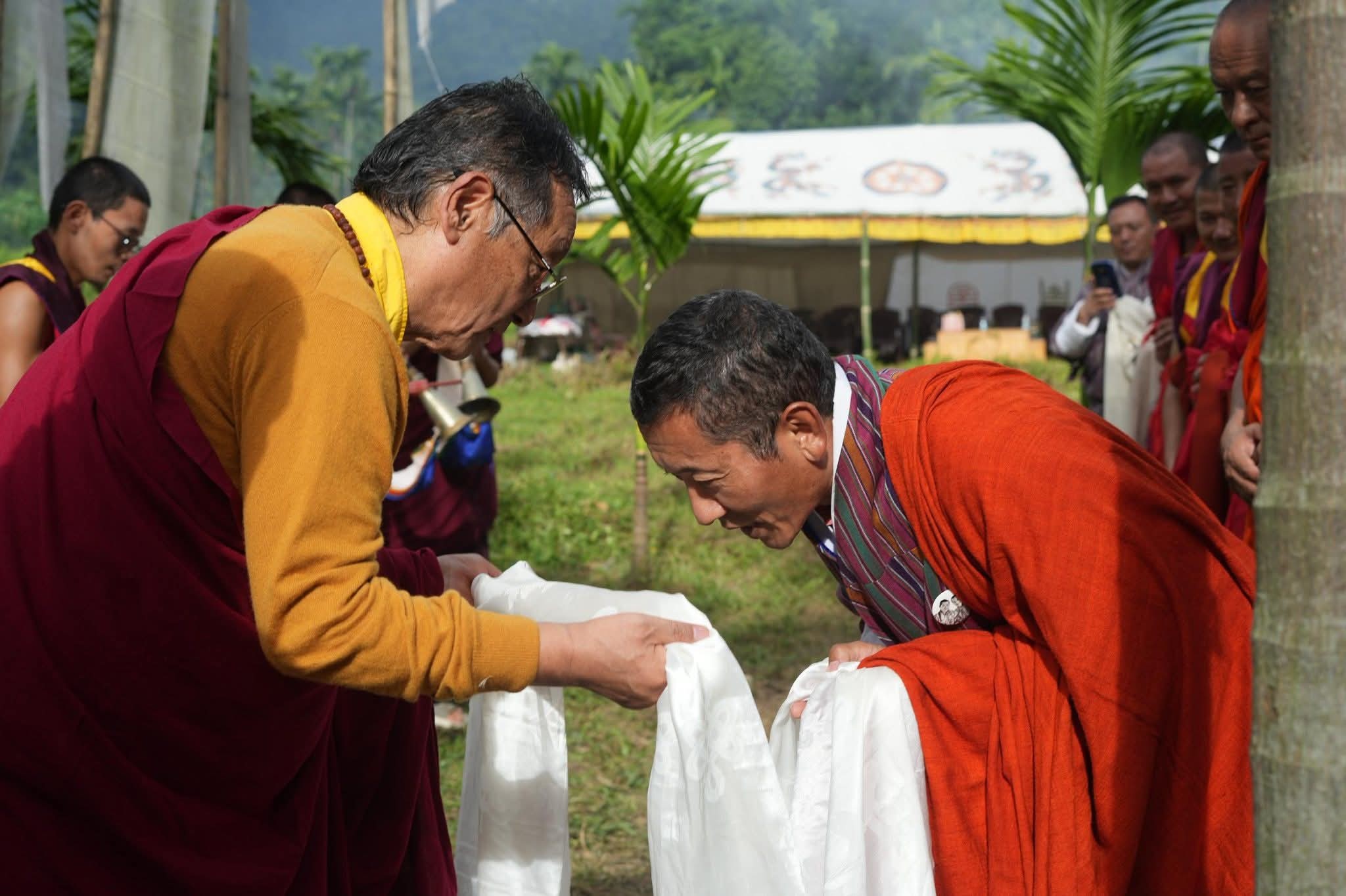
Beyond the temple proper, the Centre is planned to include:
-
Meditation and retreat facilities
-
A teaching pavilion
-
Mani walls and sacred gardens (circumambulation paths flanked by mani walls and landscaped gardens)
-
Guest accommodation and support infrastructure
Thus while the temple is the visible core, the full site is intended to function as a holistic spiritual environment — a sanctuary for devotion, study, and transformation.
Significance of Kurukulee & Her Role at GMC
Jetsunma Kurukulle is a revered female deity in Vajrayana Buddhism, known as the Goddess of Magnetizing Enlightened Activities. She is traditionally depicted in radiant red and embodies compassion in action, the ability to transform attachment into wisdom, and to attract favourable conditions and spiritual resonance.
Placing Kurukulee at the heart of GMC carries deep symbolic resonance:
-
She provides a spiritual anchor that balances the material and the sacred dimensions of the city.
-
Her energy is understood to magnetise positive influences, aligning with the GMC’s vision of mindful growth and inclusivity.
-
It affirms Bhutan’s spiritual and cultural heritage, rooting the new development in living Buddhist tradition.
Mission, Objectives & Aspirations
Under the guidance of His Holiness Gangtey Trulku Rinpoche, the Kurukulee Centre is intended to serve more than a ritual or architectural function — it is a living institution. Its key aims include:
-
Spiritual Practice & Meditation: To offer a sacred space for individuals and communities to engage in Vajrayana practices, particularly centred on the Kurukulee tradition, in order to foster compassion, insight, and awakening.
-
Cultural Preservation: To nurture Bhutan’s Buddhist traditions in a form that remains relevant and accessible in a changing world.
-
Education & Transformation: To host teachings, retreats, and programmes that cultivate spiritual intelligence, mindful leadership, and inner resilience.
-
Energetic Magnetism: In line with Kurukulee’s qualities, the centre aims to draw beneficial energies, attention, and opportunities that support the flourishing of GMC itself.
As such, the Centre aspires to be a spiritual home — a vibrant hub where the Dharma is not just taught, but nurtured and lived, for the benefit of all beings.
With these expanded plans in mind, the October visit by Rinpoche takes on even greater significance. It was a reaffirmation of a bold vision — to create a sacred axis in GMC, where art, nature, architecture and spiritual life converge. The proposed Kurukulee Centre, once completed, will not just be a temple: it aims to be a living mandala, a spiritual magnet, and a bridge between inner and outer transformation.
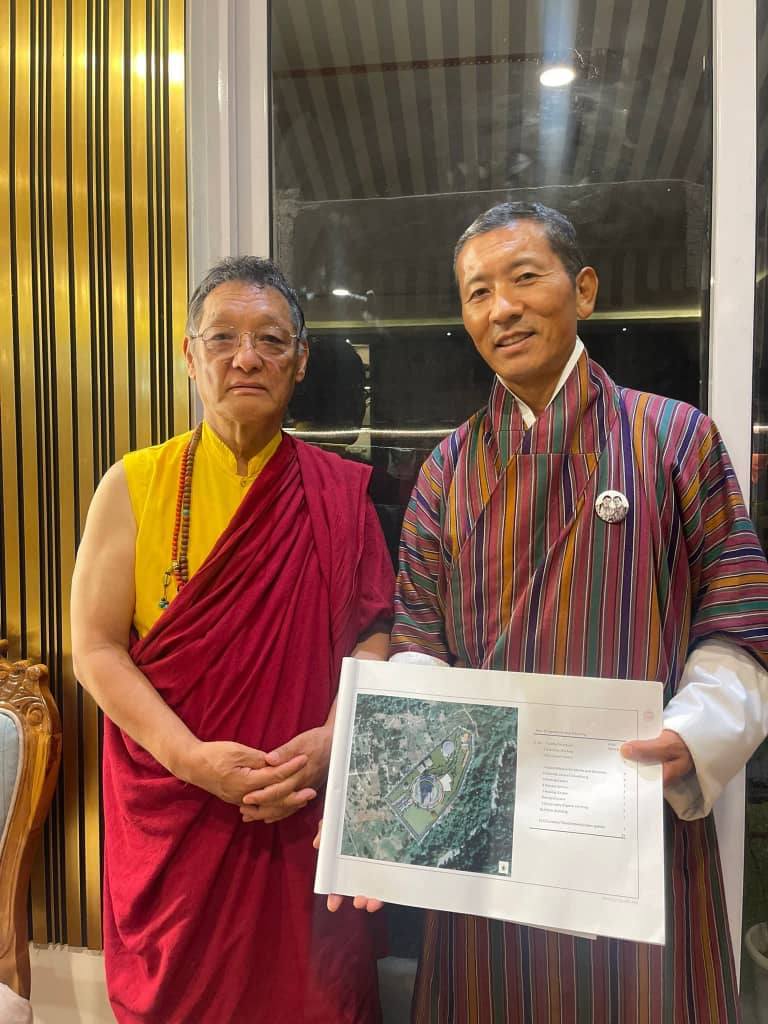
Rinpoche’s expression of gratitude to His Majesty King Jigme during the visit reflects the weight of responsibility and blessing invested in this undertaking. And the prayers and aspirations offered on that day were not just formalities: they resonated with the deeper intent behind the project — to manifest a space that furthers Bhutan’s spiritual identity while addressing modern aspirations for purposeful growth.





